1. Factory Worker

Not that long ago, landing a factory job practically guaranteed a middle-class life. You could expect steady hours, health benefits, and enough to raise a family. Today, with automation, offshoring, and union decline, factory pay has plummeted. Many manufacturing jobs now hover just above minimum wage, especially for entry-level or nonunion positions.
Even when you see “factory” in a job title, it’s often a shell of what it used to mean. Overtime has been cut, pensions are rare, and the benefits packages have thinned out. Younger workers entering the field find there’s little chance of moving up without specialized skills. The same jobs that once built America’s middle class now barely keep people afloat.
2. Retail Sales Associate

Retail used to be a dependable gig with full-time hours and benefits, especially in department stores. Workers could count on commissions, regular shifts, and predictable paychecks. But as online shopping exploded, retailers slashed hours and replaced full-timers with part-timers. The average store clerk now earns close to minimum wage and has little job security.
On top of that, scheduling has become erratic—workers are often on-call without guaranteed hours. Health insurance and retirement plans are nearly nonexistent in most retail chains. Even management roles aren’t as lucrative as they once were. The “retail ladder” so many people once climbed has basically collapsed.
3. Bank Teller

Being a bank teller used to be a respectable, steady career with room to grow. You got benefits, consistent pay raises, and a shot at moving into higher banking roles. But with ATMs, mobile apps, and branch closures, teller jobs have been stripped of their value. Many are now part-time, and the average hourly wage barely beats what you’d make at a coffee shop.
Banks have shifted focus to automation and sales targets, not customer service. That means fewer human tellers and more pressure on the ones left to upsell credit cards and loans. The job that once represented stability now feels like a dead end. It’s no wonder turnover is sky-high.
4. Journalist

Journalism was once considered a noble, decently paying profession. Reporters could make a solid living working for local papers or radio stations. Now, the industry’s collapse has gutted wages, and many journalists freelance for pennies per word. Full-time newsroom jobs are disappearing faster than ever.
Digital media hasn’t filled the gap—it’s made it worse. Online outlets rely on contract labor and “exposure” instead of fair pay. Many journalists now juggle multiple side gigs just to survive. The profession that once spoke truth to power is struggling just to pay rent.
5. Taxi Driver

Before Uber and Lyft, driving a cab was a solid working-class job. Cab drivers could earn a decent income, especially in big cities with steady tourism. But the rideshare revolution crushed traditional taxi earnings. Many drivers now make less than minimum wage after accounting for expenses.
The costs of gas, maintenance, and licensing eat into whatever’s left. Gig platforms market “flexibility,” but that often means unpredictable hours and no benefits. The shift from regulated fares to algorithmic pricing has devastated the old guard. What used to be a steady hustle is now a financial gamble.
6. Travel Agent

Once upon a time, travel agents were indispensable for booking flights and vacations. They earned commissions and steady pay helping families plan their dream trips. Then came the internet, and with it, the self-serve travel revolution. Now, most agents compete with online booking sites that don’t pay them a dime.
The remaining agents often work freelance or on thin commission structures. It’s a far cry from the steady, salaried positions of the past. Even seasoned agents can struggle to make ends meet unless they cater to luxury travelers. What used to be an exciting career has become a niche side hustle.
7. Factory Line Inspector
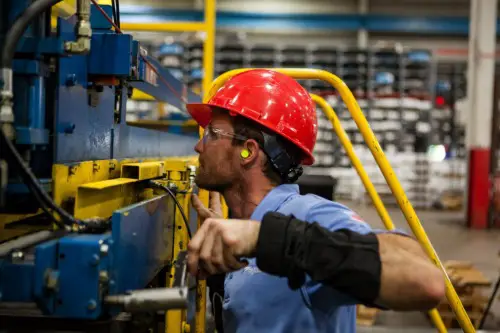
In the past, line inspectors were critical to quality control—and they were paid accordingly. Their experience kept defective products off the market and machines running smoothly. But with advanced sensors and AI systems taking over inspections, the human role has been devalued. Many are now entry-level positions that pay barely above minimum wage.
As factories modernized, the value of human oversight dropped. The work remains tedious but lacks the reward it once had. Training programs disappeared, and pay stagnated. What was once a respected blue-collar job now feels disposable.
8. Journalist Photographer
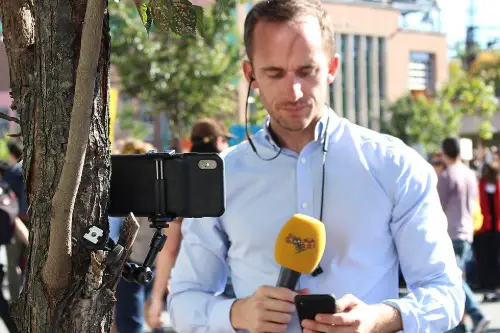
Photojournalists once traveled the world and earned good money capturing historic moments. Local papers employed full-time shooters with benefits and steady assignments. Today, news outlets rely on freelancers or wire services to cut costs. The result: lower pay, fewer jobs, and more competition.
Technology made photography easier but also less profitable. With smartphones and stock photos everywhere, demand for professionals has plummeted. Many photographers now earn by the gig, not by the story. What was once an art and a career has become a side hustle.
9. Warehouse Worker
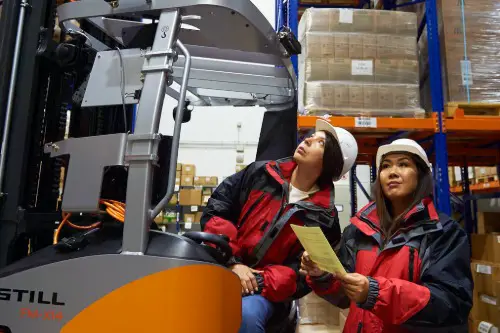
Decades ago, warehouse jobs were unionized and paid well above minimum wage. Workers could expect pensions, paid time off, and job security. But the rise of e-commerce has changed the game. Big companies now use temporary contracts, and the pay has dropped accordingly.
Despite grueling conditions, many warehouse workers make near-minimum wages with few benefits. Turnover is high, and automation looms over everyone’s job. The once-reliable “warehouse paycheck” doesn’t stretch far anymore. It’s hard work with little reward.
10. Hotel Front Desk Clerk

Hospitality used to be a solid field for anyone willing to work hard. Front desk clerks earned decent wages and could move into management. But now, with corporate hotel chains cutting costs, pay has stagnated. Many front desk roles barely hit $15 an hour in expensive cities.
Automation has also made a dent—self-check-in kiosks and mobile keys reduce staffing needs. The pandemic didn’t help; many hospitality jobs never fully recovered. Workers returning found lower wages and fewer benefits. The friendly face greeting guests is often underpaid and overworked.
11. Print Press Operator

Printing once powered newspapers, magazines, and advertising—skilled press operators were paid accordingly. It was a craft that required training and precision. But as print media declined, so did the paychecks. Many press jobs have been replaced by digital equivalents or outsourced abroad.
The few that remain often pay little more than minimum wage. Operators who once commanded respect now face unstable work and shrinking hours. The industry’s decline left many scrambling to retrain. Print might not be dead, but its wages certainly are.
12. Data Entry Clerk
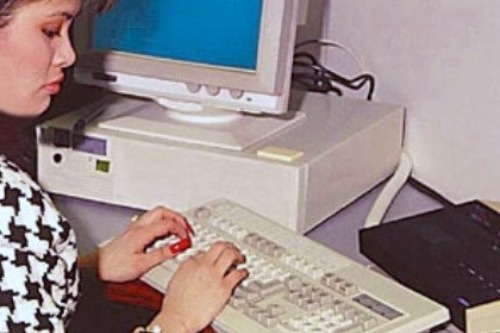
In the early computer era, data entry was a specialized, full-time job with steady income. Offices needed skilled typists who could manage large databases accurately. Now, software automation and AI handle much of that work. What’s left has been pushed to the lowest bidder, often through temp agencies.
The pay rarely matches the effort anymore. Many data entry workers make near-minimum wage doing repetitive, draining tasks. The job’s gone from technical to transactional. It’s a perfect example of automation shrinking both skill and salary.
13. Farm Laborer

Once, seasonal farm work offered at least enough to support a family for part of the year. It wasn’t glamorous, but it was steady. Over time, large agribusinesses cut wages and relied more on temporary or migrant labor. Today, many farmworkers earn close to minimum wage, often without benefits.
Rising costs and unpredictable weather make it even harder to get by. Even with long hours, workers can barely make ends meet. Mechanization also reduced the need for manual labor. The backbone of American agriculture is paid less than ever.
14. Cashier
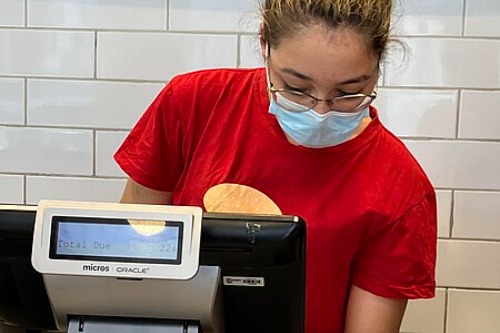
Cashiering was a starter job, yes, but it once paid a living wage if you stayed long-term. Full-time cashiers got benefits and reliable hours at major grocery chains. Now, self-checkout machines are everywhere, and stores cut shifts constantly. Most cashiers today earn barely above minimum wage, even with years of experience.
It’s not just the pay—it’s the instability. Workers are scheduled based on algorithms predicting customer flow. Health insurance is rare, and full-time slots are limited. What was once a simple, steady job is now an economic treadmill.
15. Restaurant Server

Servers once relied on solid hourly pay plus generous tips. In many restaurants, a busy night could cover rent. But as wages stagnated and tipping culture became unpredictable, earnings dropped. Some servers now make under minimum wage after slow shifts and tip pooling.
COVID changed the industry too—many restaurants cut staff or switched to counter service. Rising costs haven’t translated into higher pay. The “gratuity” system hides how little servers really earn. The charm of restaurant work has faded fast.
16. Newspaper Delivery Driver

Delivering newspapers used to be a reliable side income for adults and even a good first job for teens. Routes were consistent, and paychecks added up over time. Now, with most news going digital, the work barely exists—and where it does, it pays next to nothing. Drivers cover more miles for less money than ever.
The decline of print has gutted this once-stable gig. Many are now considered independent contractors, not employees, so they lose benefits too. Gas and car maintenance eat most of their earnings. It’s a throwback job stuck in a digital world.
This post 16 Jobs That Used to Pay Decent — Now You’d Be Lucky to Get Minimum Wage was first published on American Charm.


